Soil vs Substrates
Plants evolved over 600 million years ago into a microbial world. Their roots extended into soils teeming with microbial life. As early civilizations evolved and started cultivating crops around 11,000 years ago, societies relied heavily on natural soil life to support their crop success. Healthy soils supported agriculture since the beginning. This remained unchanged until the latter 19th century (Lal, 2021).
The primary function of any substrate (soil, peat, coco) is to allow plants to anchor their roots and support growth. In the last 50 years, modern farming has adopted inert, soilless media like coco and peat for precision agriculture. Substrate properties significantly impact plant growth.
Let us start with quick definitions:
Soil
Soil is derived from mineral erosion and comprises five main constituents: minerals, soil organic matter, living organisms, gas, and water. The mineralogy and texture of soils across different geographies are diverse. Soil minerals are divided into three particulate classes: sand, silt, and clay. The percentages of these particles define soil texture. Soil texture significantly influences cation exchange (CEC), water holding capacity and water infiltration properties. In nature, microorganisms are abundant in soil and function to cycle the macro and micro-nutrients stored in soils, ultimately supporting plant nutrient uptake. As any old-school farmer will tell you, ‘you do not need to grow plants; you need to grow your soil’.Soil texture, defined by sand, silt, and clay percentages, influences nutrient holding, water capacity, and infiltration. Microorganisms cycle nutrients, supporting uptake (van der Heijden et al., 2008).
Both peat and coco substrates are referred to as soilless and inert growing media. Soilless media is simply used to retain moisture and provide plants with a place to anchor their roots. These types of substrates contain no nutrients and require intensive fertigation to support plant growth.
Peat substrate
Peat is a spongy substance that consists of plant residues formed from different stages of decomposition. The quality of peat used for agriculture and horticulture practices is determined by parameters such as ash content, pH, carbonates, bulk density, and porosity. In general, peat is thought to be less porous than coco and thus has a relatively higher water-holding capacity. However, increasing concern over the environmental impacts of removing peat from natural peat bogs in Canada and Europe has led some scientists and regulators to discourage the use of peat. The extraction of peat for agricultural purposes requires removing the living surface of native peat bogs to reach the usable layers beneath. This is an environmental concern because mining this peat removes layers that can take centuries to reestablish.
Coco Coir substrate
Coco is composed of organic fiber by-products from dried coconut husks. Coco substrate has relatively high porosity and water infiltration compared to most peat. The quality of coco is determined by consistency in particulate size, washing after harvesting, and intensive ion buffering.You can use almost any media with great success. However, it is a grower’s job to understand growth media properties to adjust for any ‘gaps’ as needed to provide plants with everything they need to be successful. For instance, soilless substrates generally have more ‘gaps’ than soil. Luckily, you can amend any soil or soilless media to develop a highly functional plant growth substrate.
Field Experience – 2018
In 2018, visiting farms in South America, a grower friend Juan in Montevideo, Uruguay, shared his organic vs. synthetic experiment. He grew 60 plants of the same strain, 30 in coco with salt nutrients, 30 in soil with organic nutrients. By harvest, soil-grown plants were sticky, dense, and terpy. A case study showed microbial additives in coco retained 30–50% more terpenes, supporting quality enhancements (Shapira et al., 2020). Synthetic coco plants lacked stickiness and smelled like hay, suggesting soil provided key benefits.
Field Experience – 2021
In 2021, our group tested coco with synthetic nutrients, adding microbial/organic additives to some. Treated plants mirrored Juan’s soil results—sticky, dense, terpy. A case study found amended coco improved yield by 20% in hydroponics (Gruda et al., 2018). Synthetic coco plants again showed hay scent, indicating microbial additives bridged the gap. Growers worldwide report similar trends.
Are microbes the missing link?
A case study showed soil microbes increased nutrient uptake by 25% in vegetables (Kumar & Verma, 2022). Soil’s five constituents support growth; soilless lacks some. Healthy substrates need microbes for balance and quality. If soils are thriving, so will your plants — so let you plant thrive with living soil.
References
- Gruda, N., et al. (2018). Soilless culture systems and their sustainability. Acta Horticulturae, 1197, 255-262.
- Joosten, H., & Clarke, D. (2002). Wise use of mires and peatlands. International Mire Conservation Group.
- Kumar, A., & Verma, J. P. (2022). Soil microbes enhance nutrient uptake in sustainable agriculture. Journal of Soil Science, 73(4), 567-575.
- Lal, R. (2021). Soil and sustainable agriculture. Nature Reviews Earth & Environment, 2(5), 289-300.
- Shapira, A., et al. (2020). Terpene preservation in herbs with microbial additives. Cannabis and Cannabinoid Research, 5(3), 214-220.
- van der Heijden, M. G. A., et al. (2008). The unseen majority: Soil microbes as drivers of plant diversity. Nature, 454(7204), 329-336.

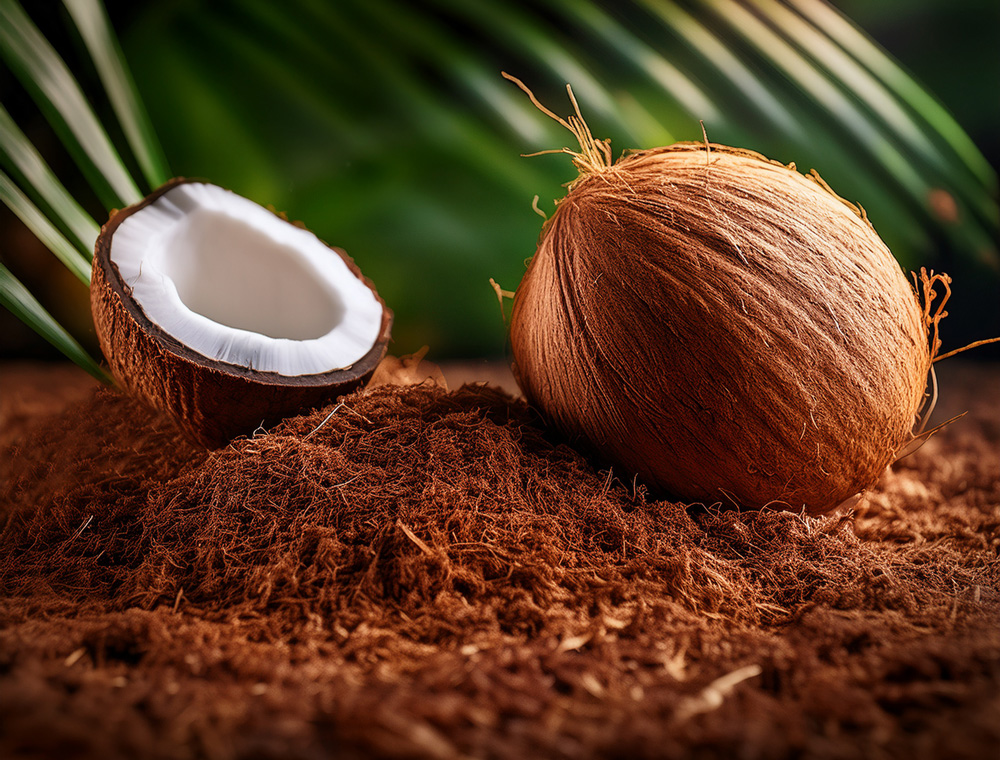

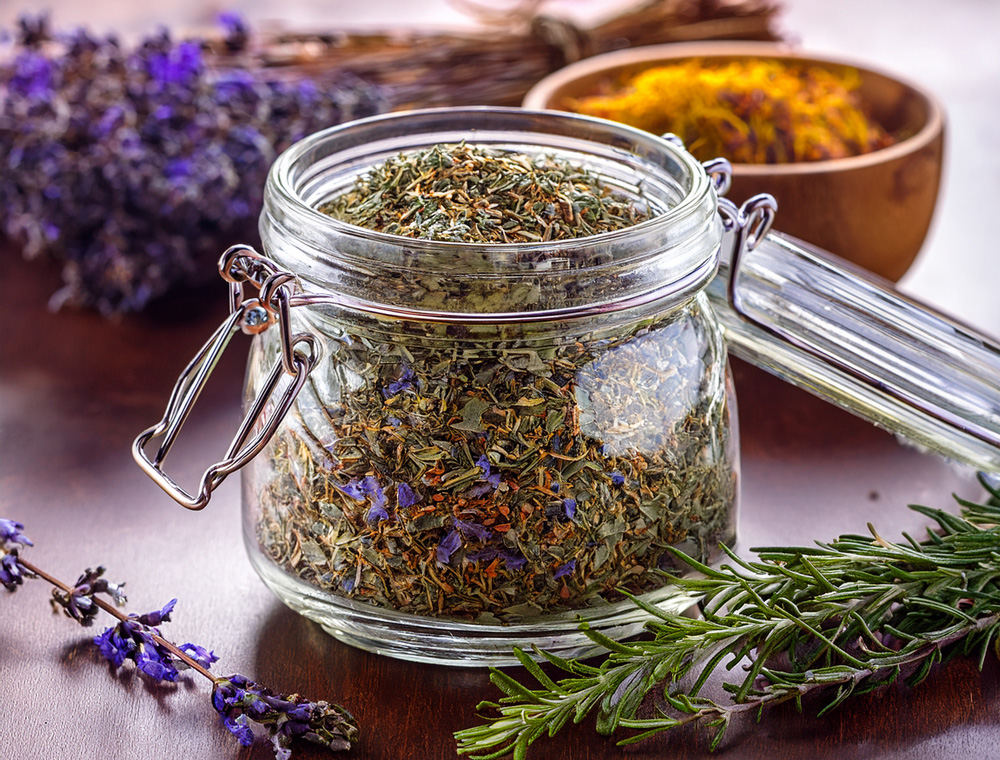
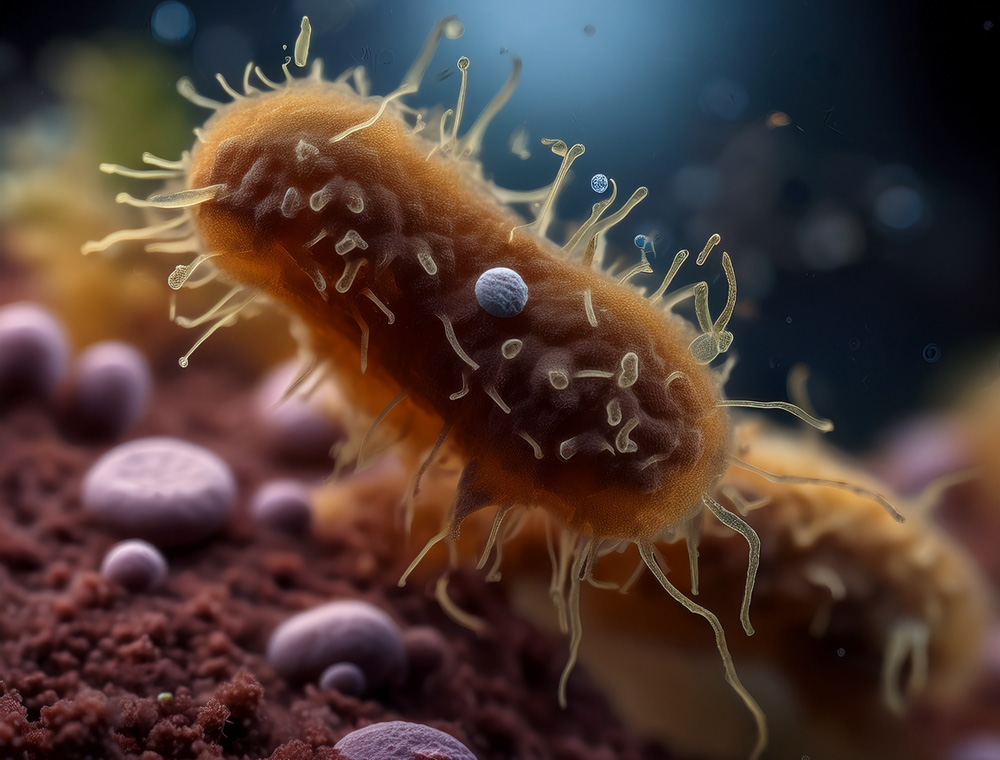
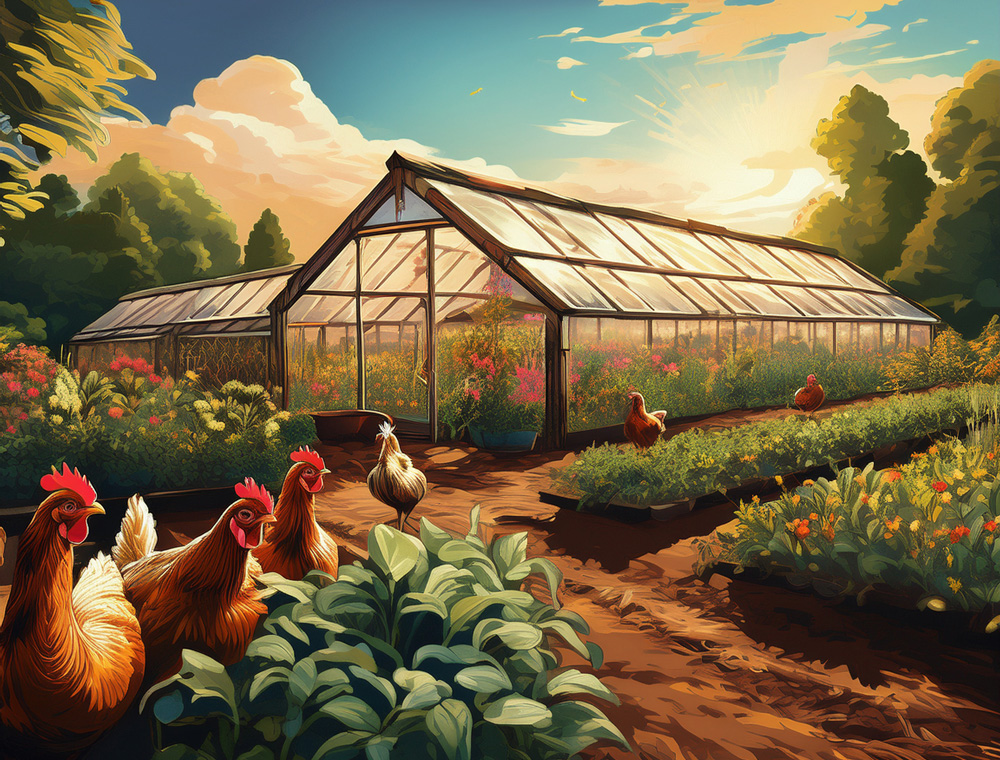
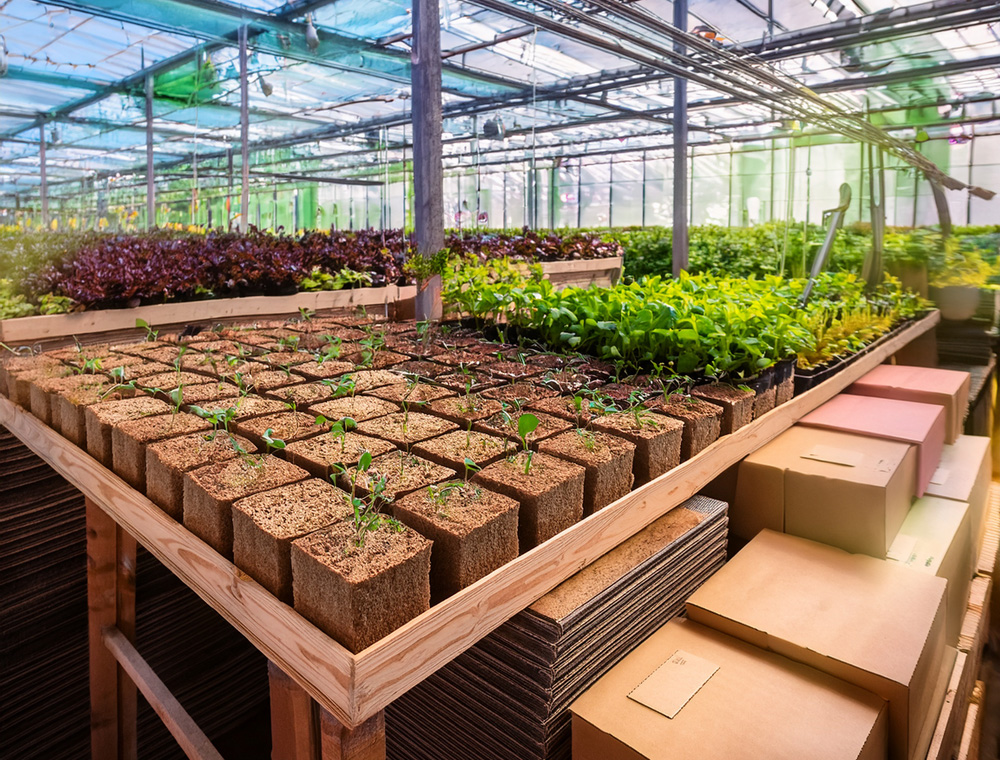

Leave a Reply